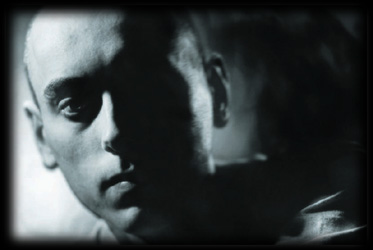This history is from a late 1999 copy of
www.dekerf.com that is on the wayback machine
The History of Dekerf Cycle Innovations
1991: Dekerf Cycle Innovations was incorporated by Chris DeKerf, the principal framebuilder and designer whose frames bear his name. Chris was the head of the handbuilt division of Rocky Mountain when the need to create and design without the constraints of a large company compelled him to venture out on his own. The initial years of the company consisted mainly of a high end fabrication shop working on a contract basis for larger manufactures including, ironically, Rocky Mountain.
1993: the Dekerf 'Mountain' frame was launched. It had no real model name due to the fact that is was the only model offered and there was nothing else to get it mixed up with.
1994: The Softride road frame was introduced, bringing the Dekerf line to two. The ever popular Tangerine and Emerald Green colors were the only colors offered.
1995: A change in the road frame brought back a Columbus Neuron traditional 'double-diamond' lugged road frame. The mountain bike frame was now officially called the 'Dekerf Mountain' frame, because of the introduction of our first full suspension frame, the 'Dekerf Suspension'.
1996: The Generation year. This type of frame had been requested for al long time - a Dekerf at a lower price point. Oddly enough, the popularity of the 'Generation' increased the popularity of the 'Dekerf Mountain' (now called the 'Dekerf Team' because of the added cool factor). 1996 also saw the suspension frame using a 100% Dekerf designed and built system, taking 1st and 2nd in the Canada Cup Mens Pro Elite Downhill Series, and 2nd overall in the overall Womens.
1997: The year of the funny brochure. Big changes here for the flagship hardtail for the first time in four years. The biggest being the switch to the UK made wonder steel, Reynolds 853, for the main triangle. There was also a switch to a lighter investment cast dropout. As a result of the dropout switch, the tops of the seat stays, which had traditionally been left open, were now closed off with a small, black plastic cap. The frame was renamed the 'Team SL'.
1998: The Team SL got a further refinement with the addition of Reynolds 853 chainstays. The Generation also joined the Reynolds family by being constructed of Reynolds 725. The road frame ('Prodigy') was back, also sporting a Reynolds 853 main triangle and chainstays. The most talked about frame for 1998 was the Team ST - the softtail. This frame used a steel spring in the monostay and special chainstays from Ritchey to provide almost an inch of travel on an otherwise hardtail frame.
1999: With supply problems hampering the availability of the steel chainstays that we used in 1998, we had proceeded on putting into production an idea whose time had come for the 1999 frame. We replaced the steel chainstay with a titanium version. In a page of the July issue of BIKE magazine, Mike Ferrentino referred to the '99 version of the ST as the 'best handling bike in the world', and created a feverish demand for this new version of the frame. The 'Generation' also gets onto the air-hardening wagon by switching to Reynolds 631 tuning, the little brother to 853.
2000: Three new models and one new address. For 2000, our expansion into paint-booth friendly premises in sunny Richmond also allowed us to introduce our first ever titanium models: the Team SL TI and the Prodigy ST TI. Our steel lineup has been augmented by the Implant (no pun intended), our beefy out-of-bounds hardtail. The addition of a wet paint booth to our facilities is a great leap forward in the control and management of our production.
What you may gather from this is that over the course of our first ten years, Dekerf has been in a relatively constant state of expansion in terms of production, models, shop space and staff. That is testament to the creativity and vision of Chris Dekerf and to the passion and labour which has been invested in every bike which leaves the premises.
